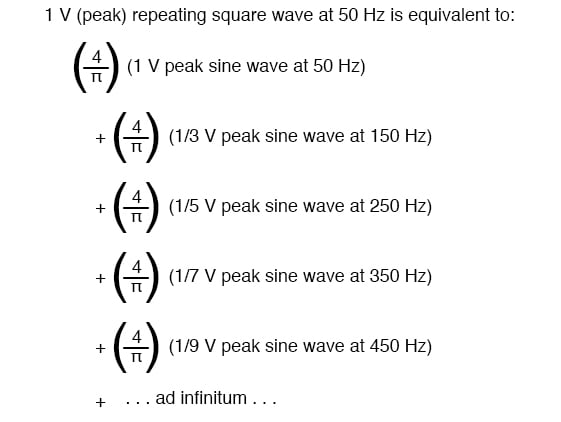

Savoy RL, McCann JJ (1975) Visibility of low spatial frequency sine-wave targets. Patel AS (1966) Spatial resolution by the human visual system. Olzak LA, Thomas JP (1986) Seeing spatial patterns, In: Boff KR, Kaufman L, Thomas JP (eds) Handbook of perception and human performance, vol I, chap 7. Mullen KT (1985) The contrast sensitivity of human colour vision to red-green and blue-yellow chromatic gratings. Hoekstra J, Goot DPA van der, Brink G van den, Bilsen FA (1974) The influence of the number of cycles upon the visual contrast threshold for spatial sine wave patterns. Vision Res 27:249–255įindlay JM (1969) A spatial integration effect in visual acuity. Greenlee MW, Magnussen S (1987) Higher-harmonic adaptation and the detection of square wave gratings.

Spatial luminance contrast sensitivity tests of macaque and human observers.

Valois RL de, Morgan H (1974) Psychophysical studies on monkey vision - III.

J Physiol (Lond) 204:283–298Ĭampbell FW, Robson JG (1968) Application of Fourier analysis to the visibility of gratings. Square wave gratings are better than sine wave greetings for studying resolution.Ĭampbell FW, Carpenter RHS, Levinson JZ (1969) Visibility of aperiodic patterns compared with that of sinusoidal gratings. Results with simulated BCs compare favorably with human and macaque psychophysics measuring contrast sensitivity. Amplitudes at all spatial frequencies are enhanced by increasing the number of cycles in the sine and square wave gratings. In general the harmonic with the maximum amplitude gives the best correlation with RI for the three stimuli. Resolution computed by the Fourier transform is compared with the resolution index (RI), which is a method for determining resolution based on two-point discrimination in the space domain. Due to the “honeycomb” packing of the cones and BC matrices Fourier transforms are computed row by row using a one-dimensional FFT. Simulated achromatic and chromatic sine and square waves, and a two-bar stimulus are used to activate the BCs. ) are needed to approximate the function this is because of the symmetry of the function.Fourier analysis is used to study resolution of images processed by the matrix of simulated red-center (BCR) and green-center (BCG) bipolar cells (BC) of the human central fovea.
#Fourier of a bipolar square wave series#


 0 kommentar(er)
0 kommentar(er)
